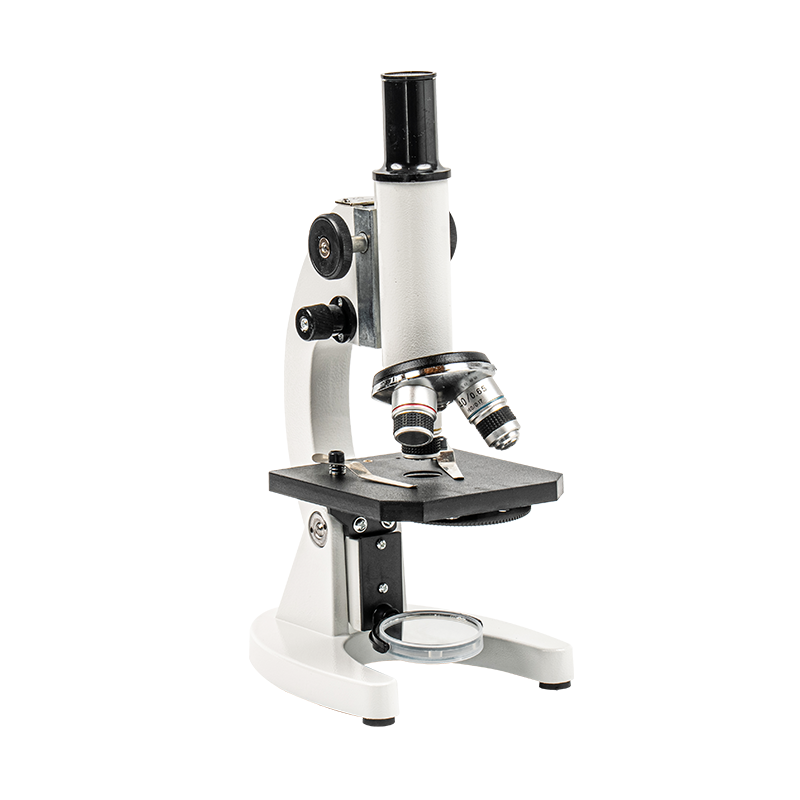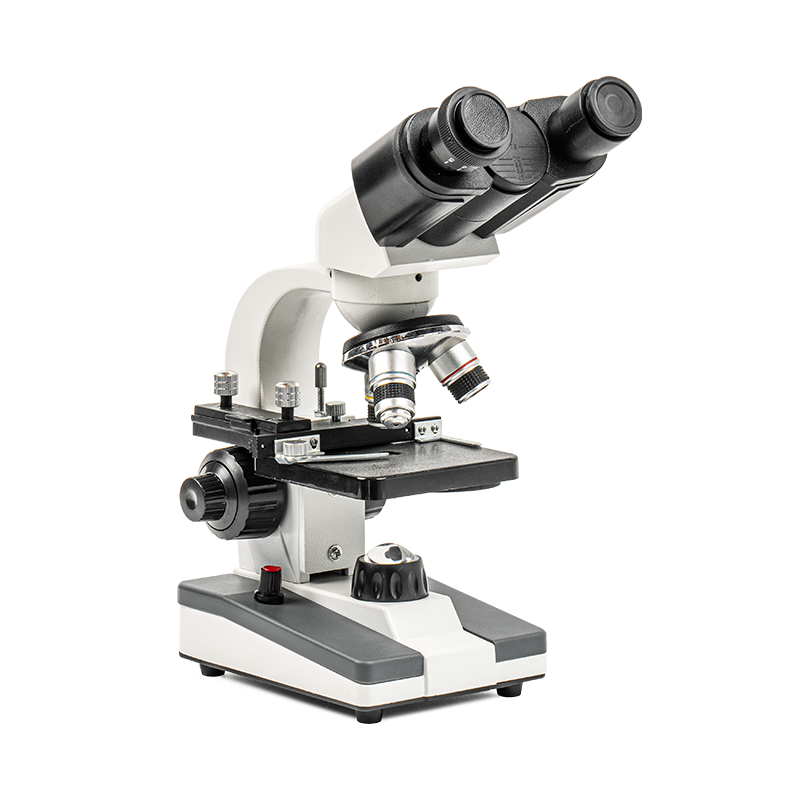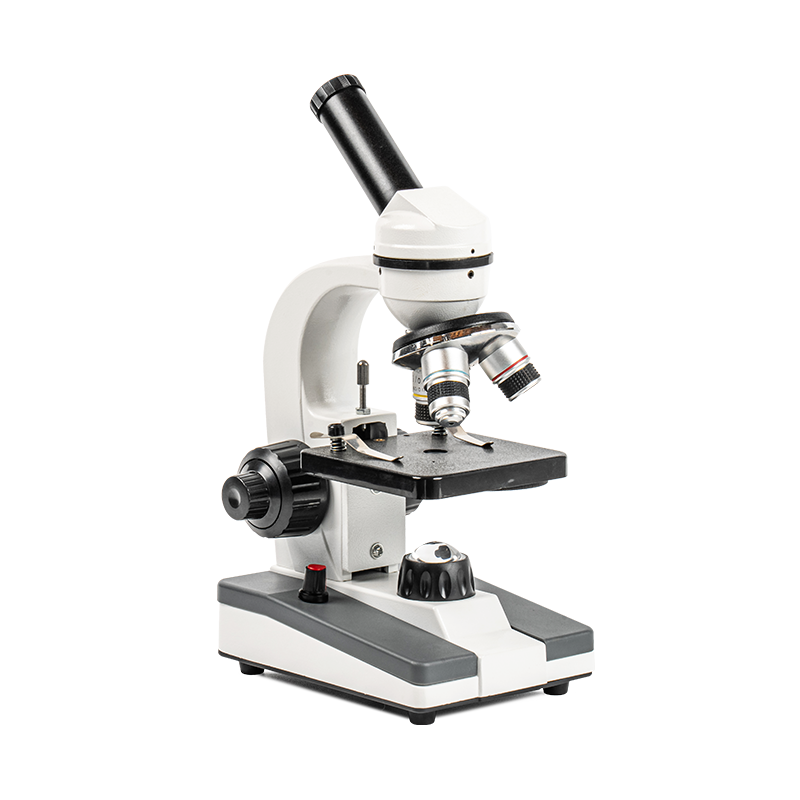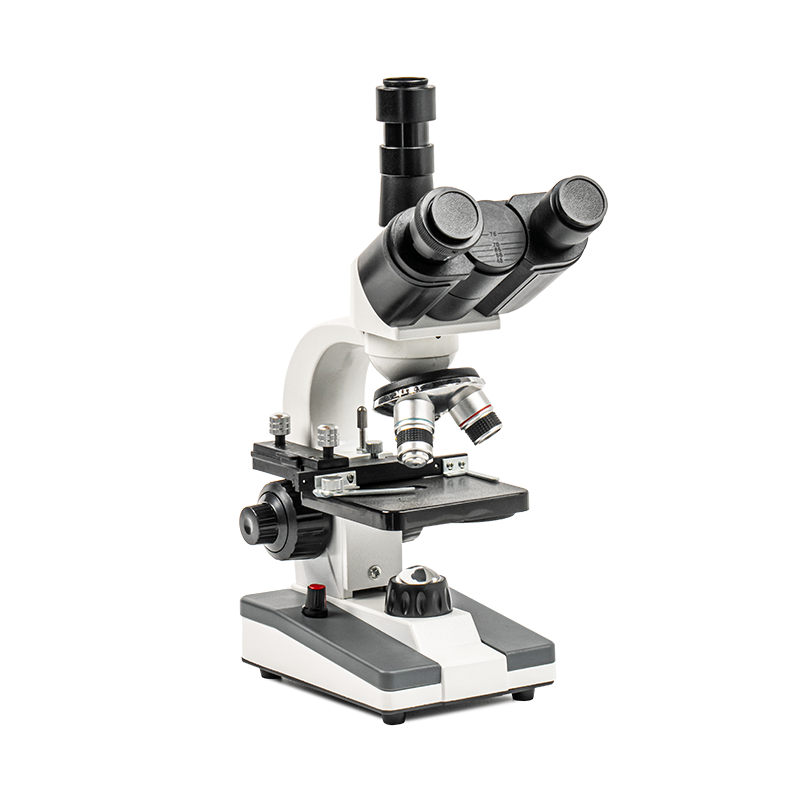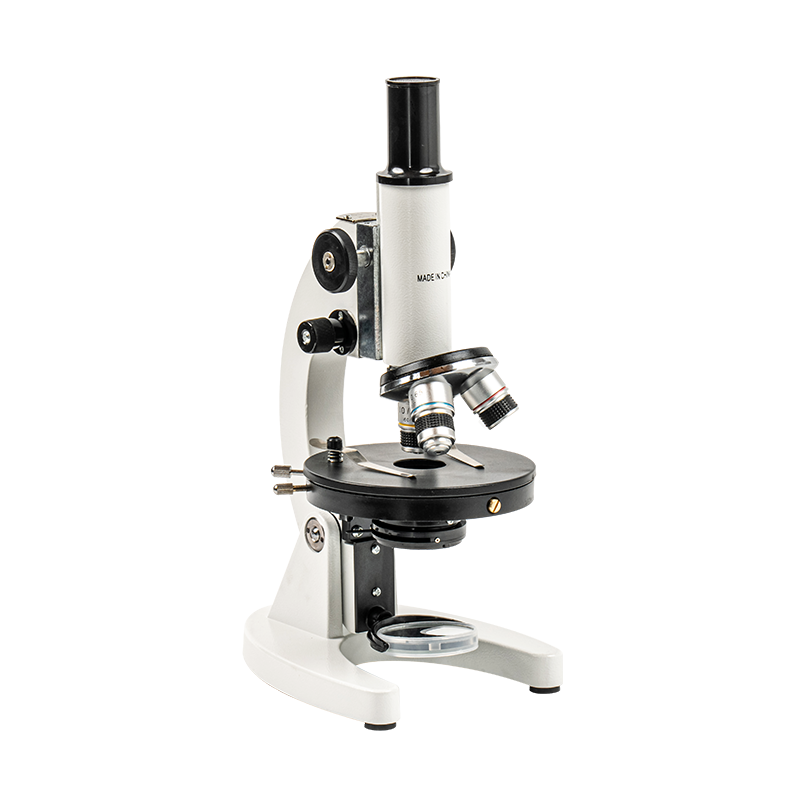In the rapidly evolving world of scientific research, precision and clarity are paramount. Trinocular microscopes have emerged as essential tools in laboratories, educational institutions, and industrial settings, offering the unique advantage of simultaneous observation and digital imaging. Whether for research, diagnostics, or teaching purposes, selecting a high-quality trinocular microscope can greatly enhance the accuracy and efficiency of microscopic analysis. This article explores the top features to consider when investing in a trinocular microscope, ensuring both functionality and long-term value.
Understanding the Trinocular Microscope
A trinocular microscope is similar to a binocular microscope but includes a third optical port designed for attaching a camera. This feature allows users to capture high-resolution images or record videos while simultaneously observing samples through the eyepieces. The integration of imaging capabilities has made trinocular microscopes indispensable in fields such as biology, medical research, material science, and industrial quality control.
Unlike traditional microscopes, the third port enables seamless documentation and sharing of observations, which is particularly valuable in collaborative research, educational demonstrations, and digital archiving.
Key Features to Consider
When choosing a high-quality trinocular microscope, several critical features determine performance, versatility, and durability. These features ensure that the microscope can meet the demands of modern laboratories and provide precise, reliable results.
1. Optical Quality
The heart of any trinocular microscope is its optical system. High-quality objectives and eyepieces are crucial for producing clear, sharp, and distortion-free images. Look for microscopes equipped with achromatic, semi-plan, or plan objectives, which correct for color and field curvature, delivering more accurate and detailed visuals.
Additionally, high numerical aperture (NA) objectives enhance resolution and brightness, which is essential for observing fine details in biological samples or materials analysis.
2. Magnification Range
A versatile trinocular microscope should offer a wide magnification range, typically from 40x to 1000x, to accommodate diverse applications. Some models provide zoom capabilities, allowing continuous adjustment of magnification without changing objectives. This feature is particularly useful for quickly scanning samples and switching between low and high magnification levels without disrupting workflow.
3. Illumination System
A reliable illumination system is critical for obtaining clear images. High-quality trinocular microscopes often include LED or halogen light sources, which provide adjustable brightness and color temperature. Köhler illumination is a desirable feature in advanced microscopes, offering uniform illumination across the field of view and enhancing image contrast.
Adjustable illumination ensures that both transparent and opaque samples are clearly visible, improving observation accuracy and image quality.
4. Ergonomics and User Comfort
Laboratory work often involves extended periods of microscopy, making ergonomics a key consideration. Look for trinocular microscopes with adjustable eyepieces and interpupillary distance, allowing users to customize their viewing experience and reduce eye strain.
Some models feature tilting or rotating head designs, enabling comfortable observation from various angles. Ergonomic design is particularly important in educational settings and research labs, where multiple users may share the same microscope.
5. Camera Integration
The defining feature of a trinocular microscope is its third optical port for camera attachment. When evaluating a microscope, consider the compatibility with digital cameras, including USB or HDMI connections. High-resolution cameras capture detailed images and videos, facilitating documentation, analysis, and remote sharing.
Some advanced models include built-in cameras with live-view software, making it easier to conduct demonstrations, conduct research, or upload images to cloud-based systems for collaborative work.
6. Build Quality and Durability
Durability is a key factor in selecting a high-quality trinocular microscope, especially for laboratories with heavy usage. Sturdy metal construction, solid mechanical components, and precision stage controls ensure stability and longevity. Microscopes with coarse and fine focus mechanisms made of durable materials provide smooth, precise adjustments and reduce wear over time.
7. Mechanical Stage and Sample Handling
A mechanical stage allows precise movement of slides and specimens, enabling detailed observation and measurement. Look for stages with XY controls, graduated scales, and smooth motion. For industrial and research applications, microscopes with specialized stages for large or irregular samples can greatly enhance usability.
8. Accessories and Modularity
High-quality trinocular microscopes often come with a range of accessories that expand functionality. These may include phase contrast kits, polarizing attachments, fluorescence modules, and darkfield condensers. The ability to upgrade and customize the microscope ensures that it remains relevant for future applications and diverse research needs.
9. Price and Warranty
While investing in a trinocular microscope may require a higher initial cost compared to simpler models, prioritizing quality and durability often results in long-term savings. Look for reputable brands that offer warranties and after-sales support, ensuring peace of mind and professional service in case of technical issues.
Applications of Trinocular Microscopes
Trinocular microscopes are used across a wide array of fields, highlighting their versatility:
Educational Institutions
In schools and universities, trinocular microscopes allow teachers to project images onto screens while students observe through eyepieces, enhancing interactive learning.
Medical and Biological Research
Laboratories rely on trinocular microscopes for studying cells, tissues, and microorganisms. The ability to document findings digitally aids in research publications and collaborative studies.
Industrial Quality Control
Manufacturers use trinocular microscopes for inspecting materials, electronics, and precision components. High-resolution imaging ensures defect detection and process monitoring.
Forensic Science
Trinocular microscopes assist forensic analysts in examining evidence, including fibers, hair, and trace materials, while capturing digital records for legal documentation.
Pharmaceutical and Chemical Analysis
These microscopes support analysis of drug compounds, crystal structures, and chemical reactions, enabling accurate research and quality control.

 English
English Español
Español عربى
عربى 中文简体
中文简体
